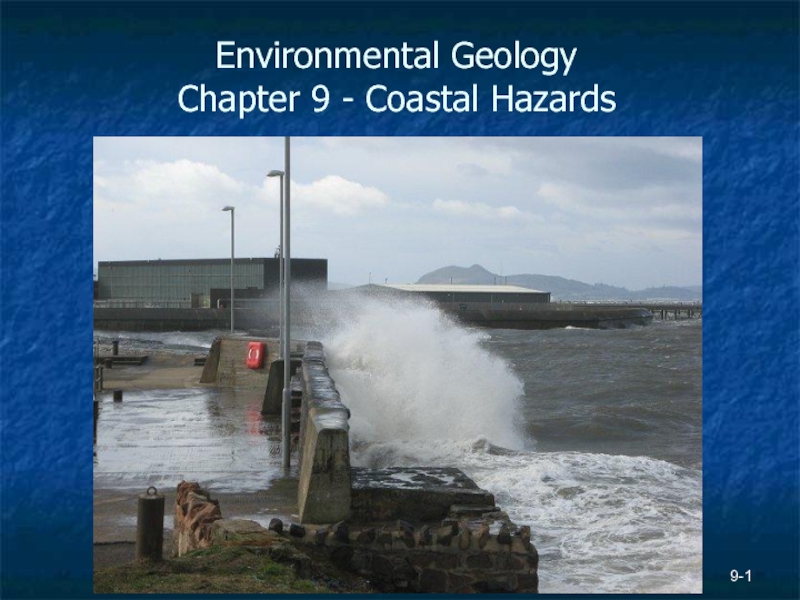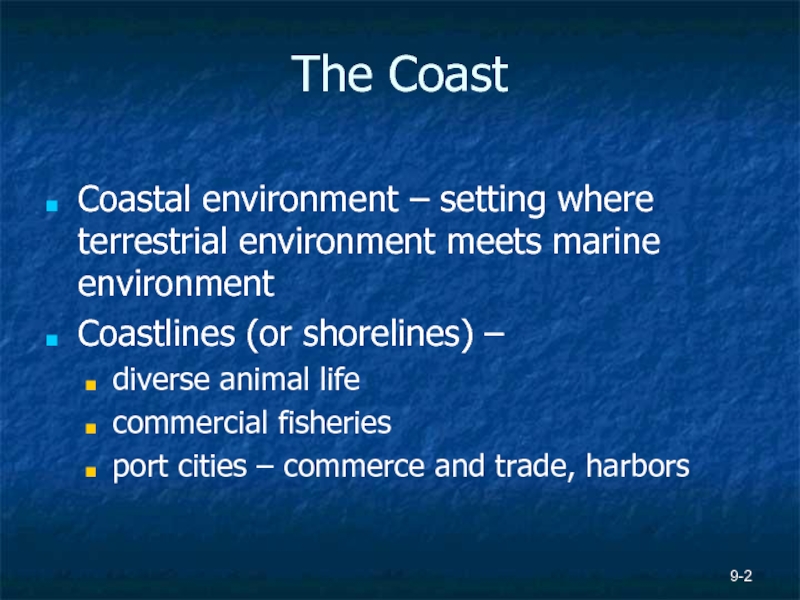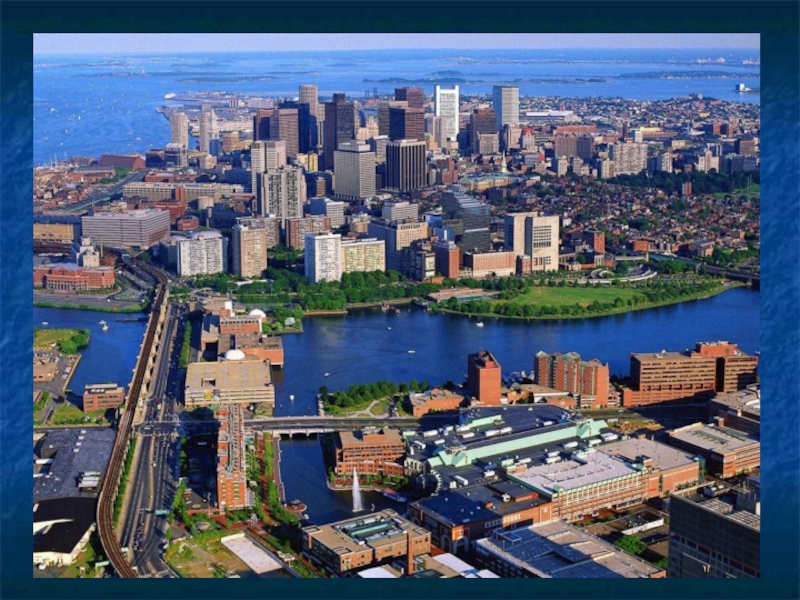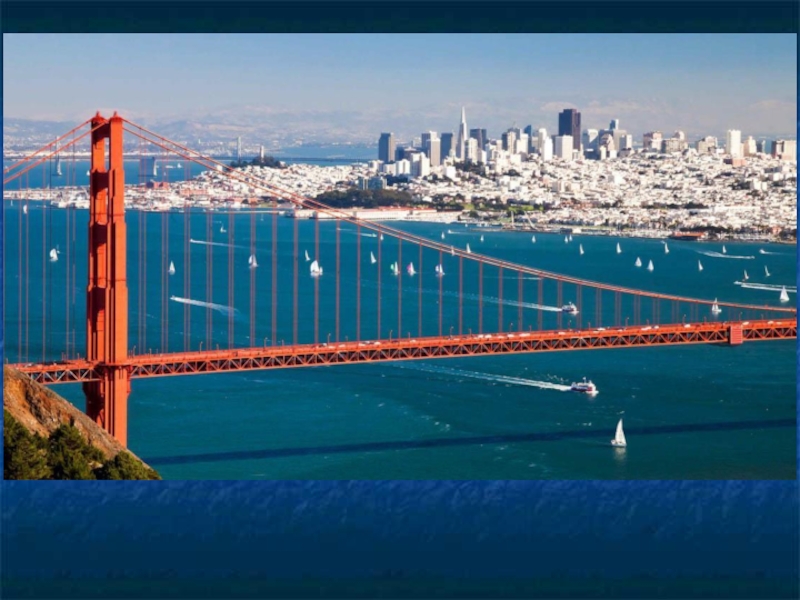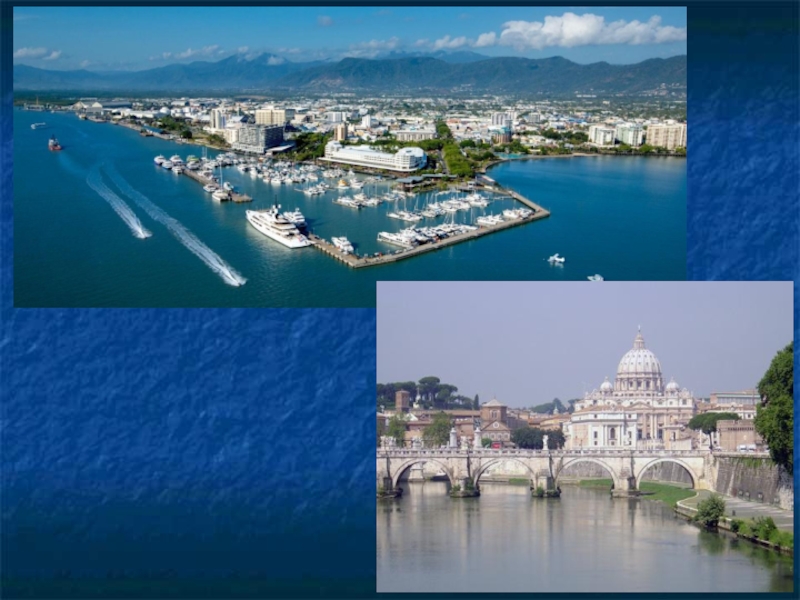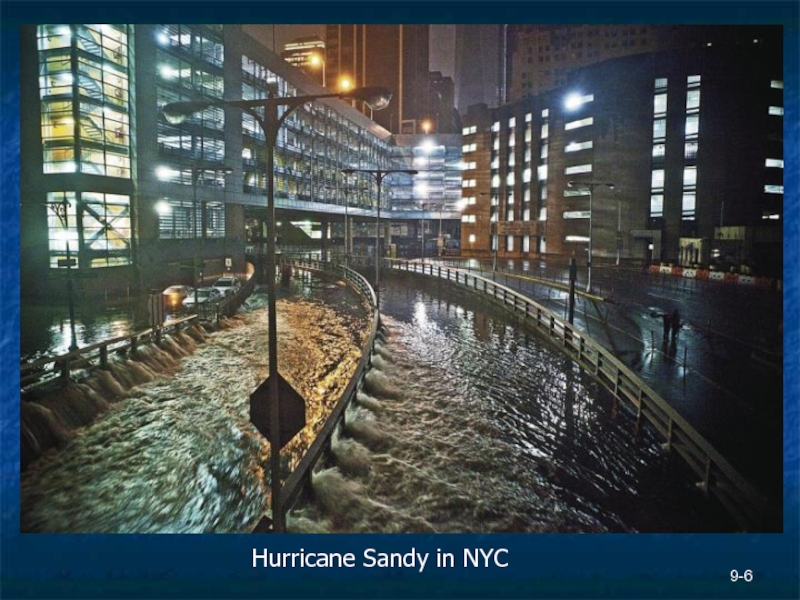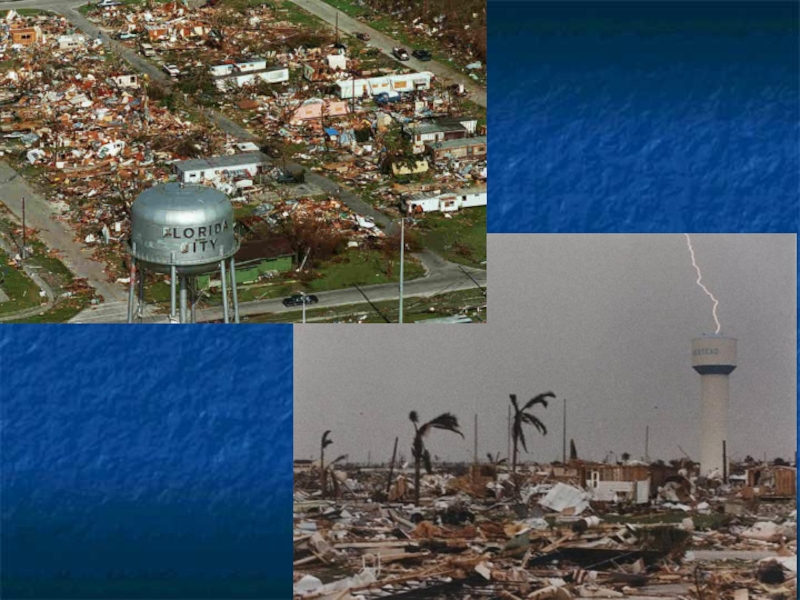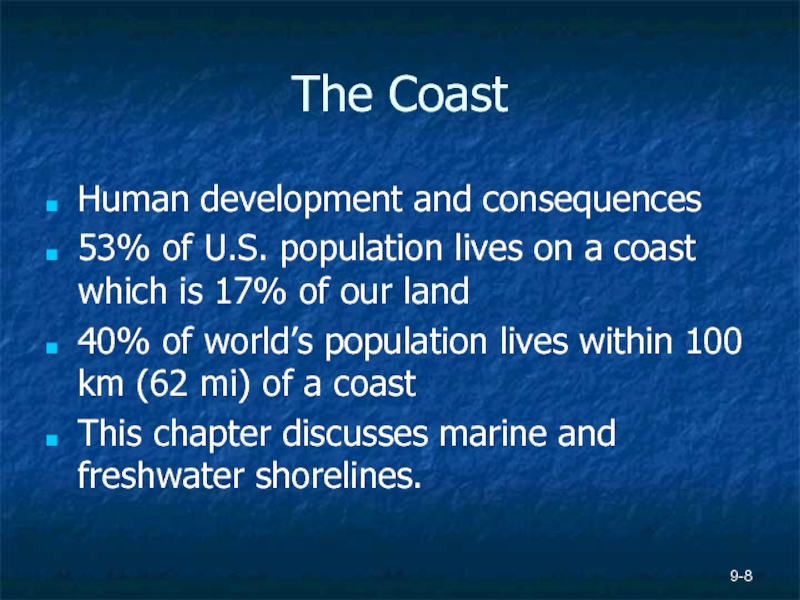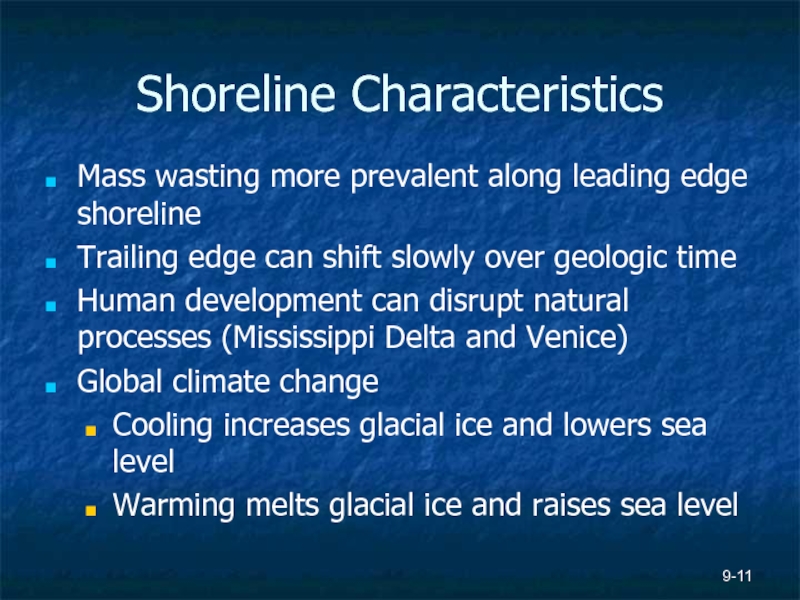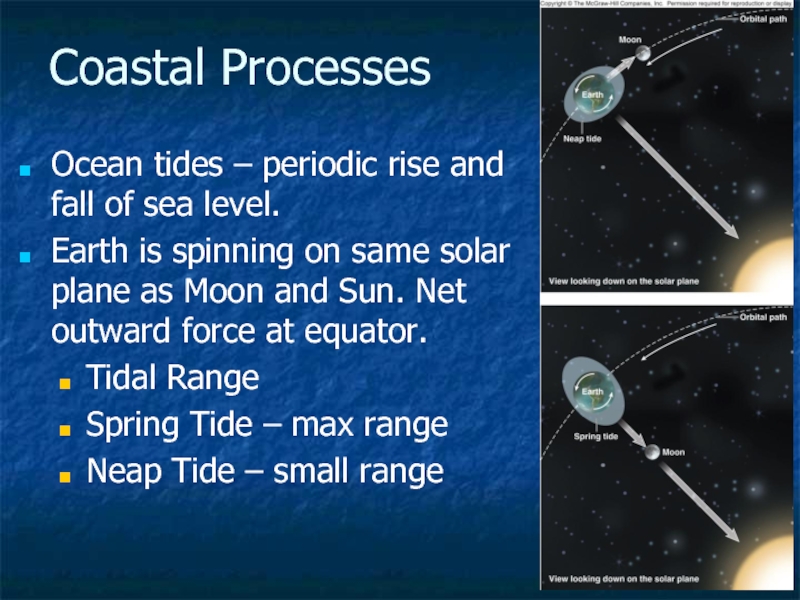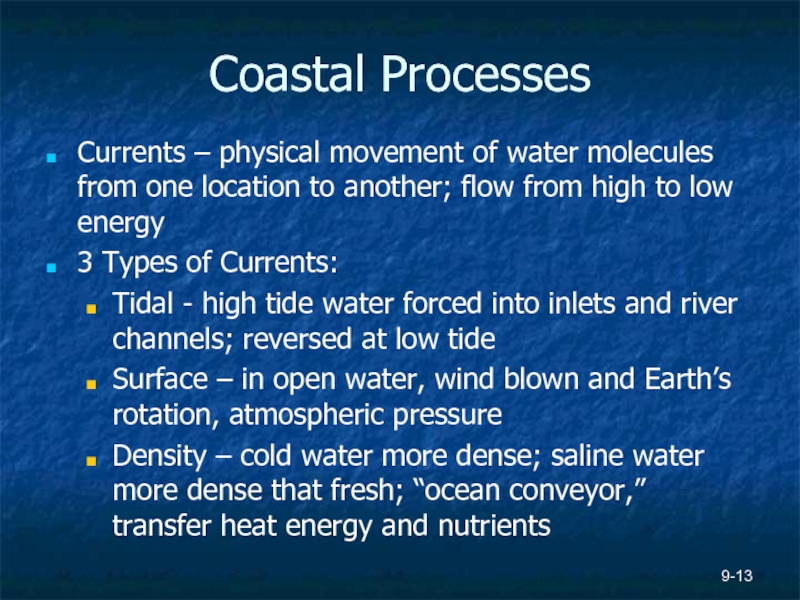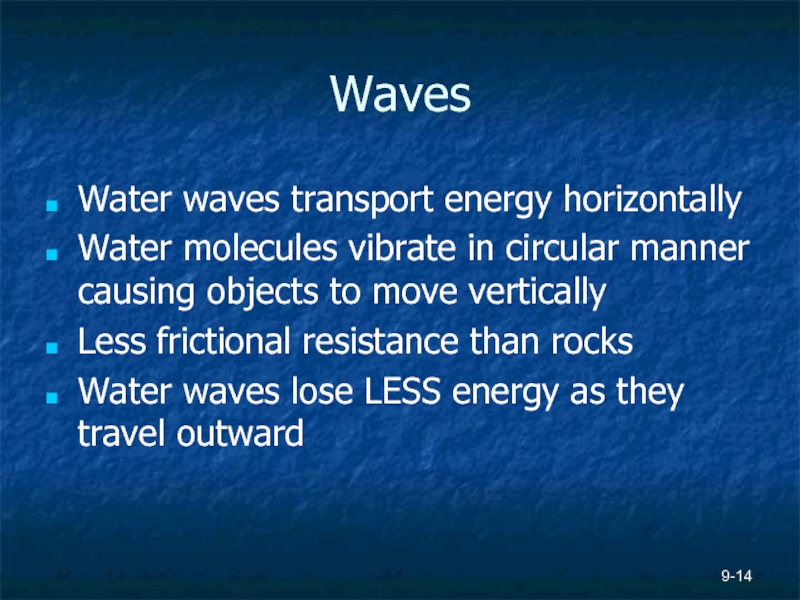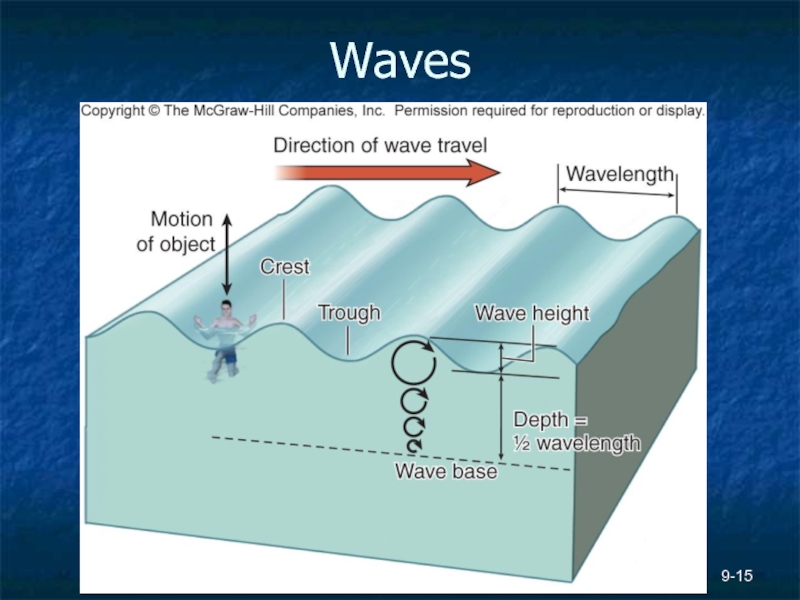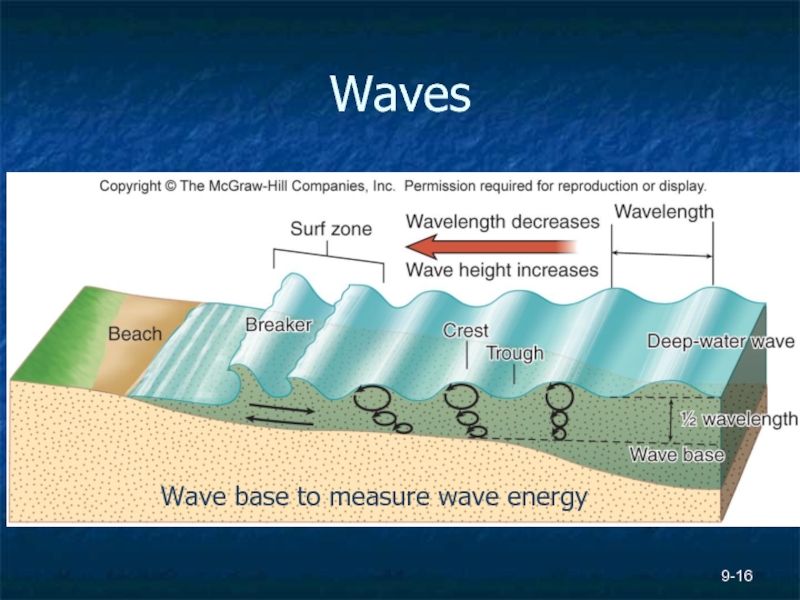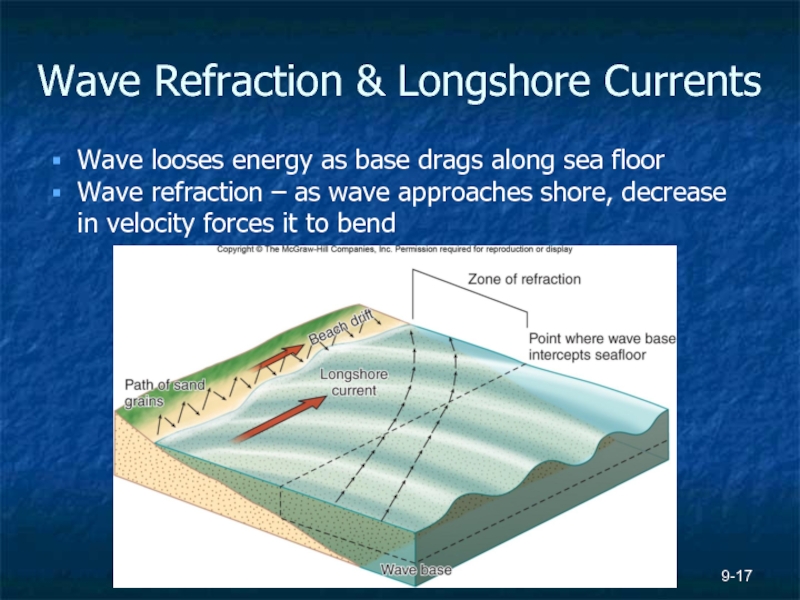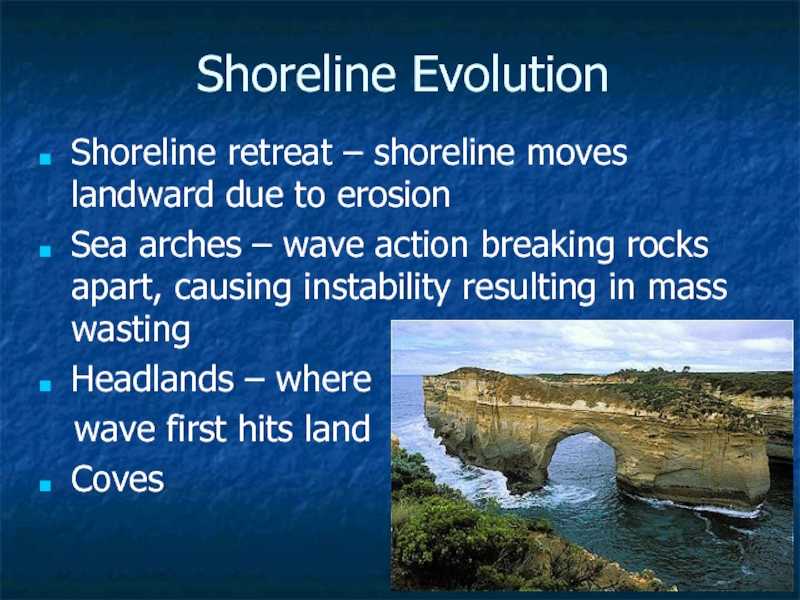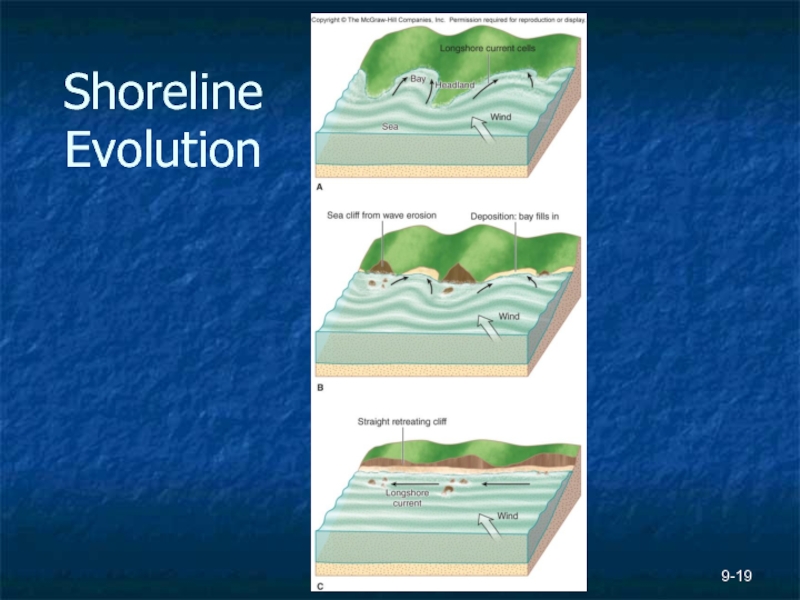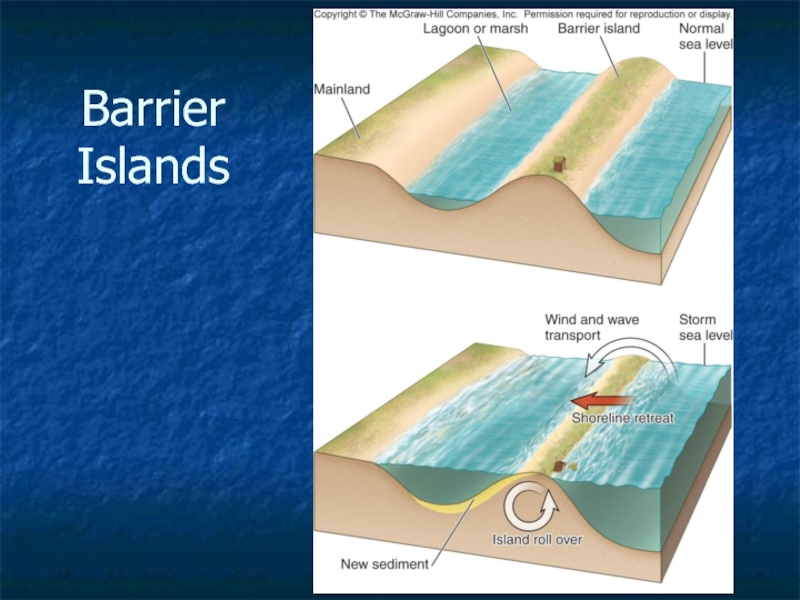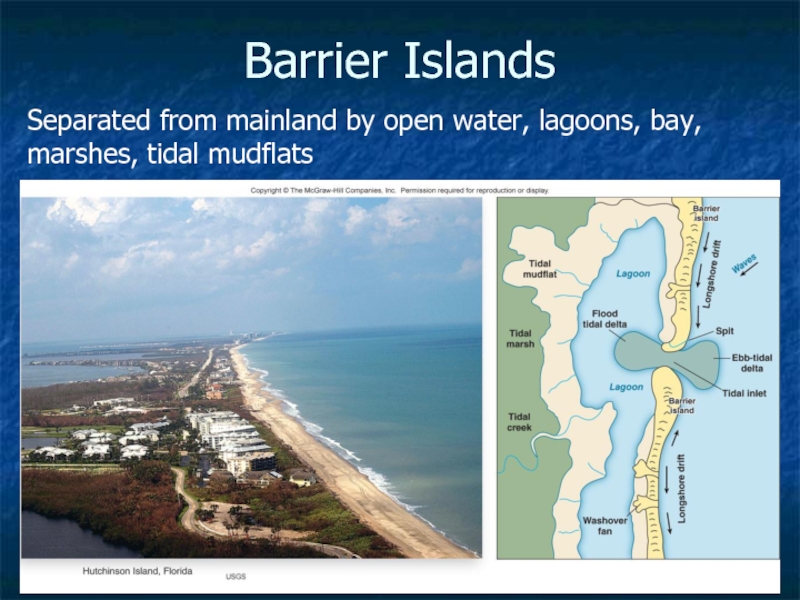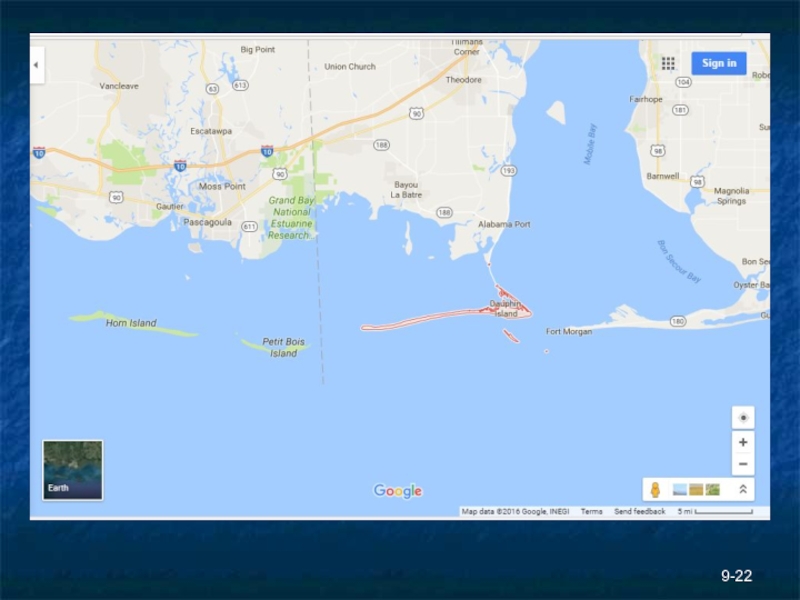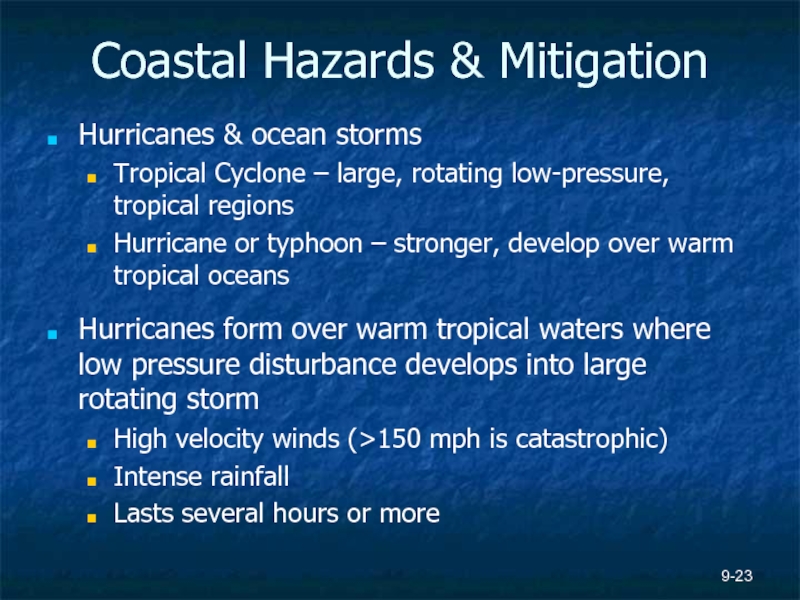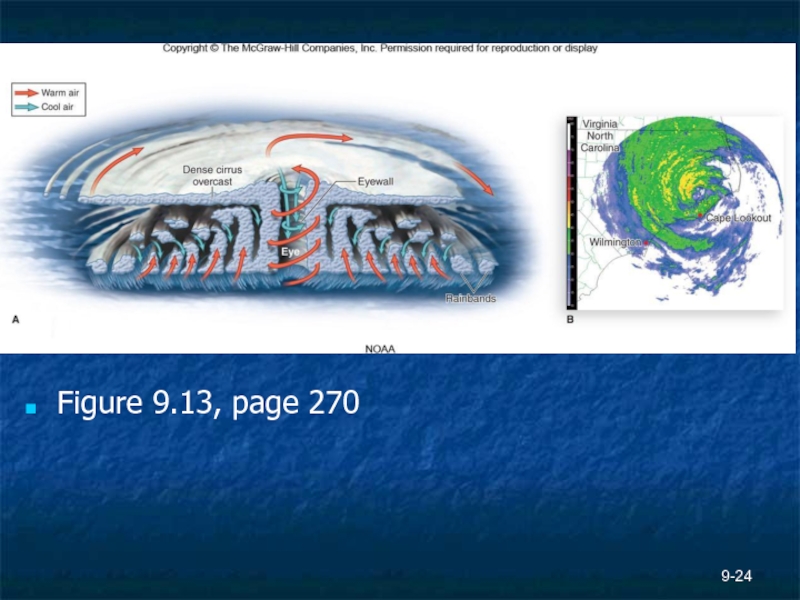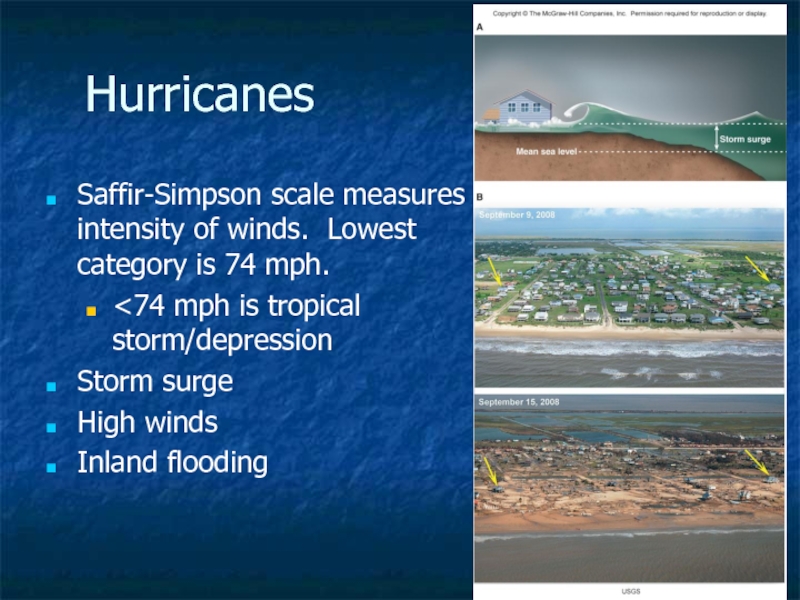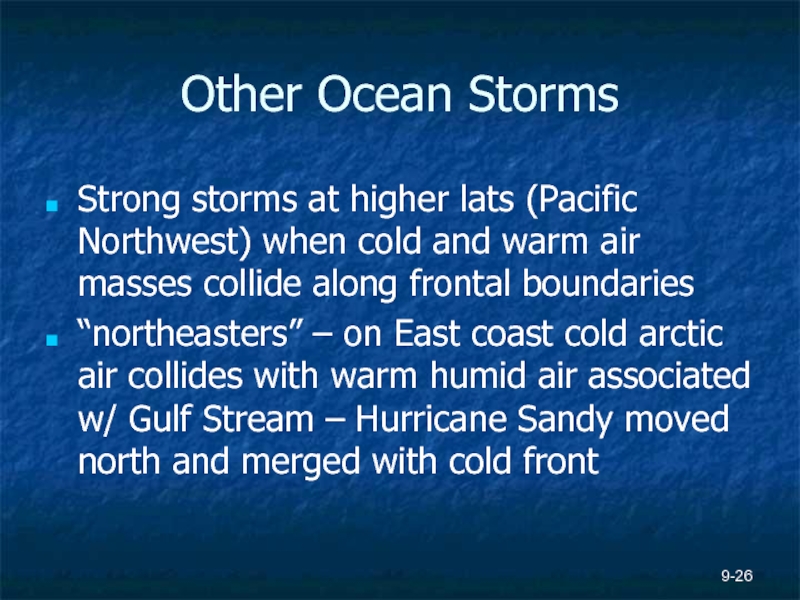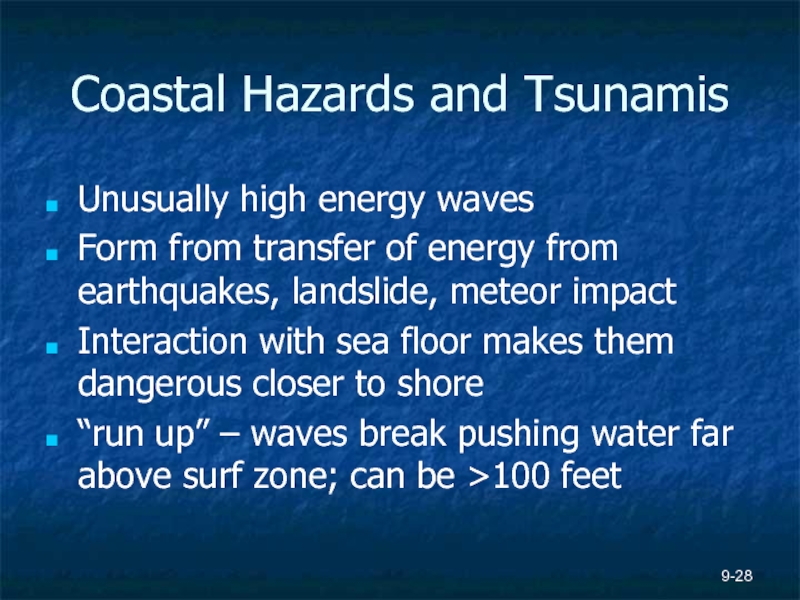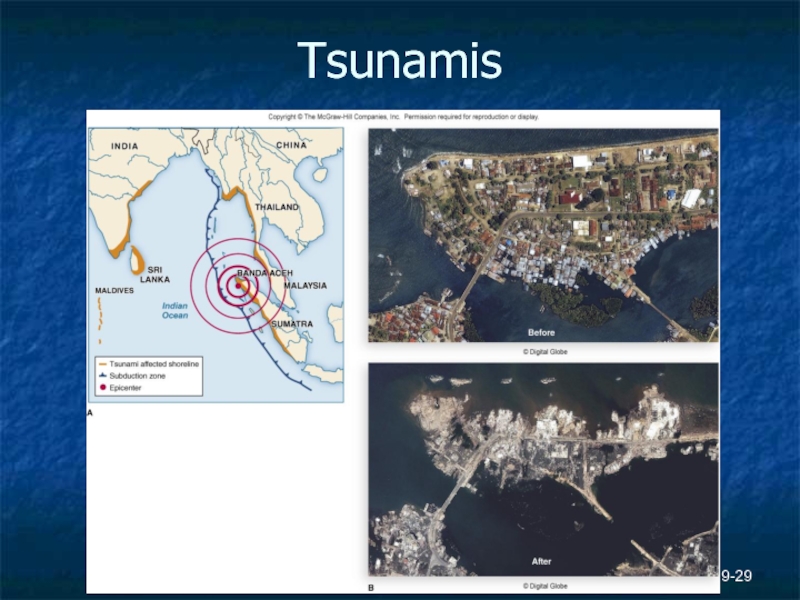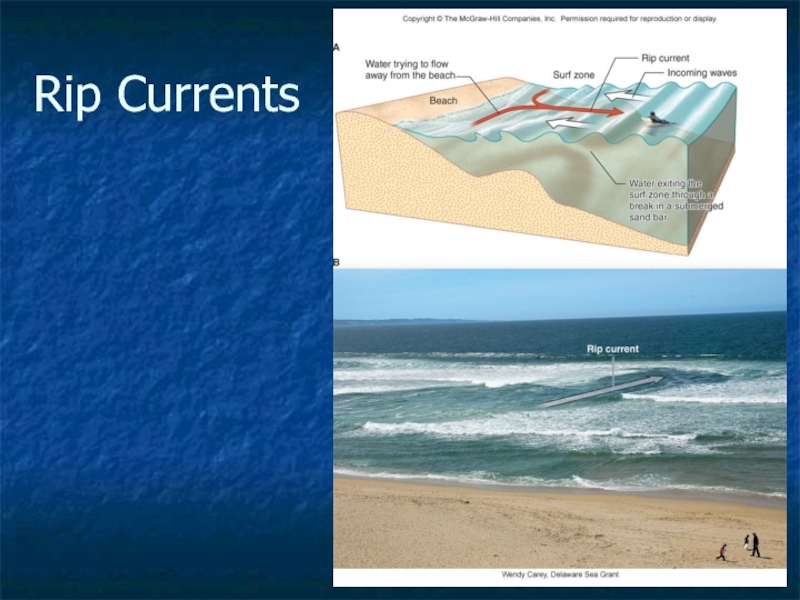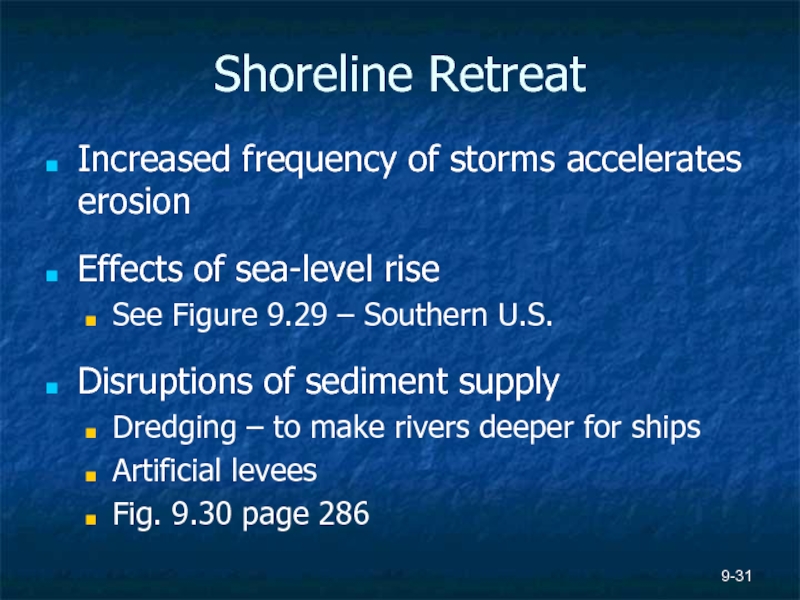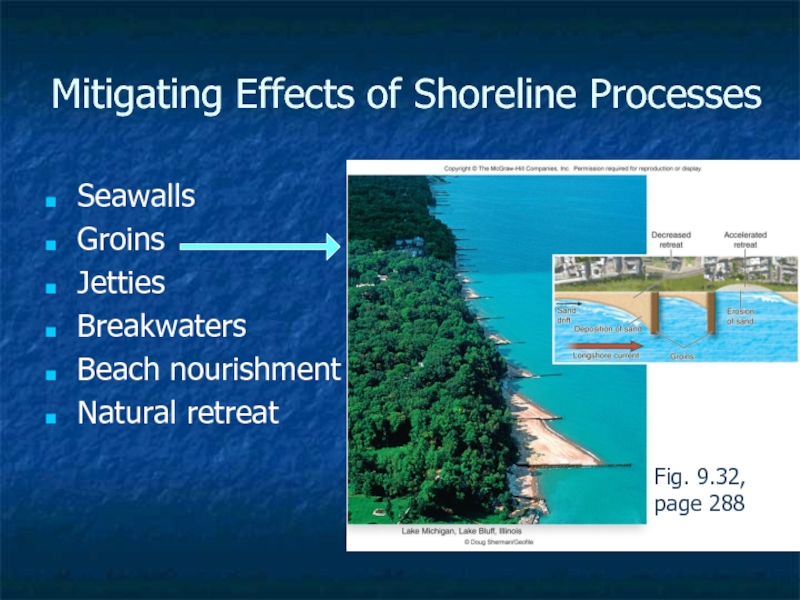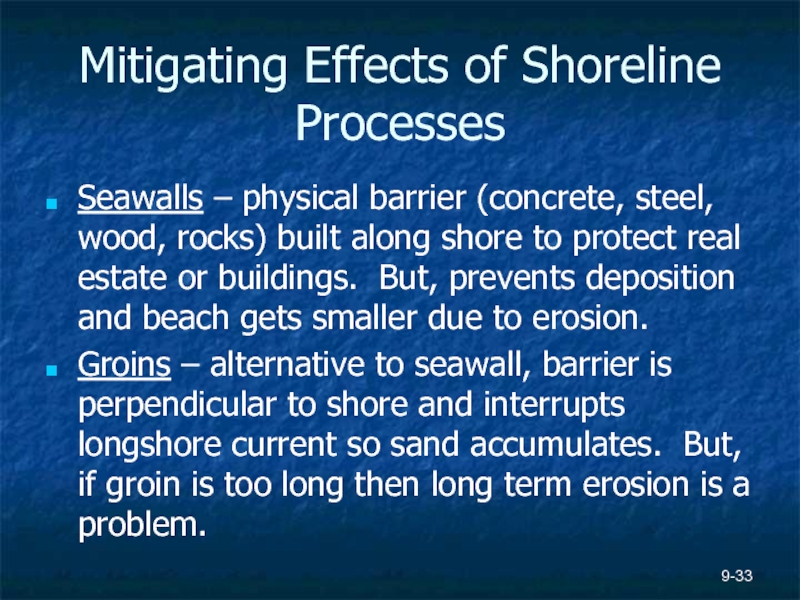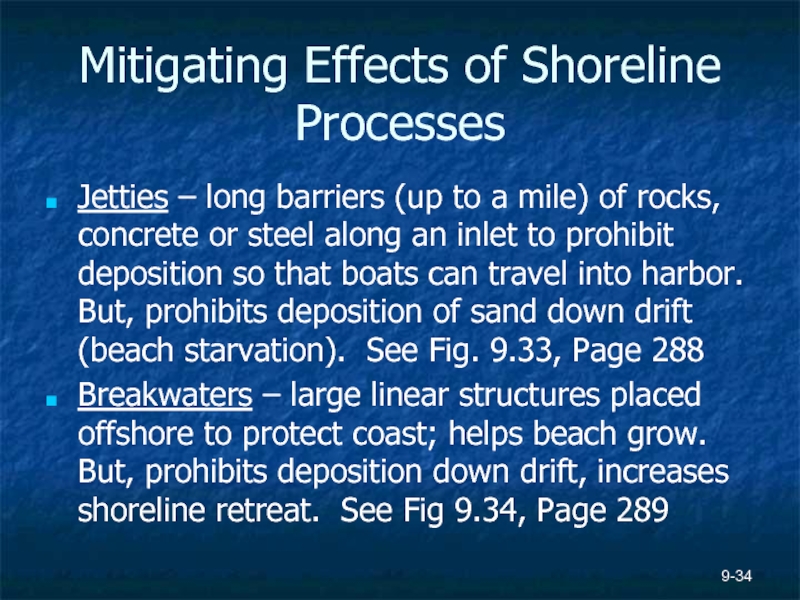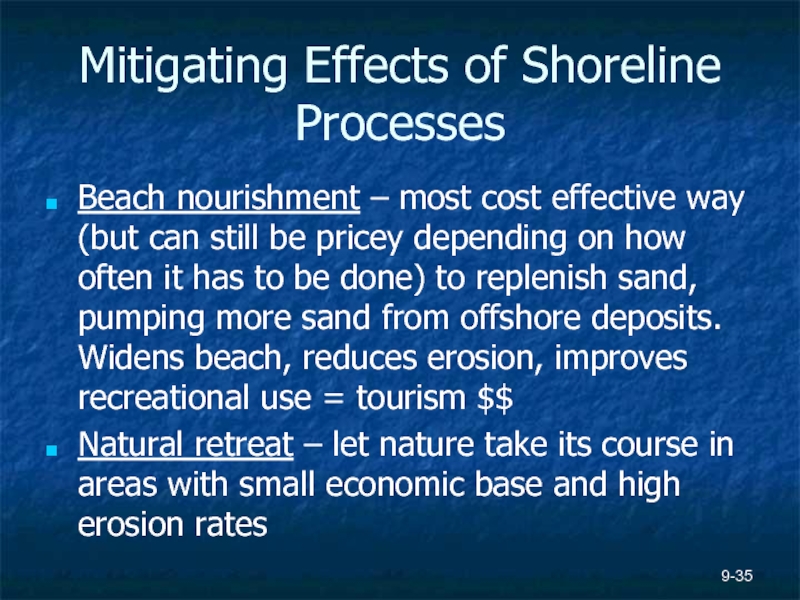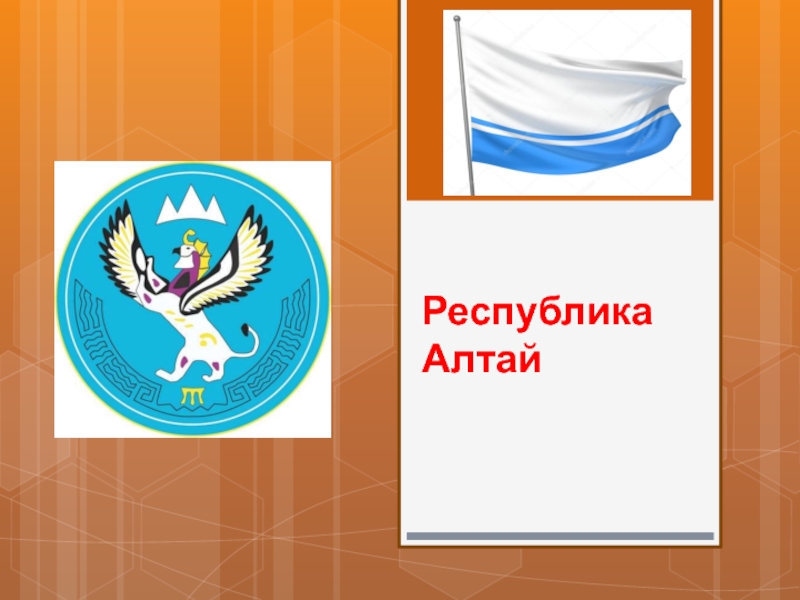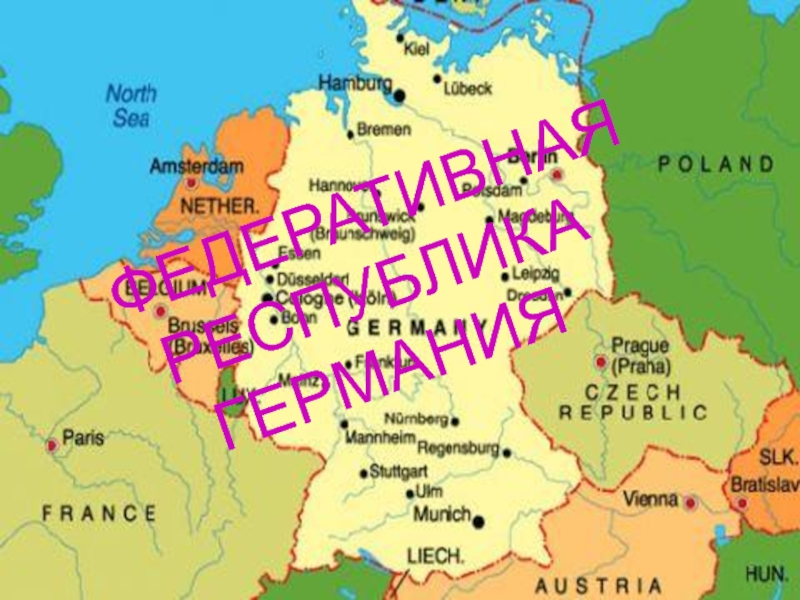- Главная
- Разное
- Дизайн
- Бизнес и предпринимательство
- Аналитика
- Образование
- Развлечения
- Красота и здоровье
- Финансы
- Государство
- Путешествия
- Спорт
- Недвижимость
- Армия
- Графика
- Культурология
- Еда и кулинария
- Лингвистика
- Английский язык
- Астрономия
- Алгебра
- Биология
- География
- Детские презентации
- Информатика
- История
- Литература
- Маркетинг
- Математика
- Медицина
- Менеджмент
- Музыка
- МХК
- Немецкий язык
- ОБЖ
- Обществознание
- Окружающий мир
- Педагогика
- Русский язык
- Технология
- Физика
- Философия
- Химия
- Шаблоны, картинки для презентаций
- Экология
- Экономика
- Юриспруденция
Coastal Hazards презентация
Содержание
- 1. Coastal Hazards
- 2. The Coast Coastal environment – setting where
- 5. 9-
- 6. 9- Hurricane Sandy in NYC
- 7. 9-
- 8. The Coast Human development and consequences 53%
- 9. 9- Shoreline Characteristics Leading-edge Shoreline Tectonically active;
- 10. 9-
- 11. Shoreline Characteristics Mass wasting more prevalent along
- 12. Coastal Processes Ocean tides – periodic rise
- 13. 9- Coastal Processes Currents – physical movement
- 14. Waves Water waves transport energy horizontally
- 15. 9- Waves
- 16. 9- Waves Wave base to measure wave energy
- 17. 9- Wave Refraction & Longshore Currents Wave
- 18. 9- Shoreline Evolution Shoreline retreat – shoreline
- 19. 9- Shoreline Evolution
- 20. Barrier Islands
- 21. 9- Barrier Islands Separated from mainland by open water, lagoons, bay, marshes, tidal mudflats
- 22. 9-
- 23. 9- Coastal Hazards & Mitigation Hurricanes &
- 24. Figure 9.13, page 270 9-
- 25. 9- Hurricanes Saffir-Simpson scale measures intensity of winds. Lowest category is 74 mph.
- 26. Other Ocean Storms Strong storms at higher
- 27. 9- Mitigating Storm Hazards Avoid building in
- 28. Coastal Hazards and Tsunamis Unusually high energy
- 29. 9- Tsunamis
- 30. 9- Rip Currents
- 31. 9- Shoreline Retreat Increased frequency of storms
- 32. 9- Mitigating Effects of Shoreline Processes Seawalls
- 33. Mitigating Effects of Shoreline Processes Seawalls –
- 34. Mitigating Effects of Shoreline Processes Jetties –
- 35. Mitigating Effects of Shoreline Processes Beach nourishment
Слайд 2The Coast
Coastal environment – setting where terrestrial environment meets marine environment
Coastlines
diverse animal life
commercial fisheries
port cities – commerce and trade, harbors
9-
Слайд 8The Coast
Human development and consequences
53% of U.S. population lives on a
40% of world’s population lives within 100 km (62 mi) of a coast
This chapter discusses marine and freshwater shorelines.
9-
Слайд 99-
Shoreline Characteristics
Leading-edge Shoreline
Tectonically active; subduction zone
Rugged
U.S. Pacific coast
Trailing-edge Shoreline
Little to no
Straight, flat
U.S. Atlantic coast and Gulf area
Related to plate tectonics and sea level changes; currently rising at 0.6 ft per 100 years
Слайд 11Shoreline Characteristics
Mass wasting more prevalent along leading edge shoreline
Trailing edge can
Human development can disrupt natural processes (Mississippi Delta and Venice)
Global climate change
Cooling increases glacial ice and lowers sea level
Warming melts glacial ice and raises sea level
9-
Слайд 12Coastal Processes
Ocean tides – periodic rise and fall of sea level.
Earth
Tidal Range
Spring Tide – max range
Neap Tide – small range
Слайд 139-
Coastal Processes
Currents – physical movement of water molecules from one location
3 Types of Currents:
Tidal - high tide water forced into inlets and river channels; reversed at low tide
Surface – in open water, wind blown and Earth’s rotation, atmospheric pressure
Density – cold water more dense; saline water more dense that fresh; “ocean conveyor,” transfer heat energy and nutrients
Слайд 14Waves
Water waves transport energy horizontally
Water molecules vibrate in circular manner
Less frictional resistance than rocks
Water waves lose LESS energy as they travel outward
9-
Слайд 179-
Wave Refraction & Longshore Currents
Wave looses energy as base drags along
Wave refraction – as wave approaches shore, decrease in velocity forces it to bend
Слайд 189-
Shoreline Evolution
Shoreline retreat – shoreline moves landward due to erosion
Sea arches
Headlands – where
wave first hits land
Coves
Слайд 219-
Barrier Islands
Separated from mainland by open water, lagoons, bay, marshes, tidal
Слайд 239-
Coastal Hazards & Mitigation
Hurricanes & ocean storms
Tropical Cyclone – large,
Hurricane or typhoon – stronger, develop over warm tropical oceans
Hurricanes form over warm tropical waters where low pressure disturbance develops into large rotating storm
High velocity winds (>150 mph is catastrophic)
Intense rainfall
Lasts several hours or more
Слайд 259-
Hurricanes
Saffir-Simpson scale measures intensity of winds. Lowest category is 74 mph.
Storm surge
High winds
Inland flooding
Слайд 26Other Ocean Storms
Strong storms at higher lats (Pacific Northwest) when cold
“northeasters” – on East coast cold arctic air collides with warm humid air associated w/ Gulf Stream – Hurricane Sandy moved north and merged with cold front
9-
Слайд 279-
Mitigating Storm Hazards
Avoid building in areas of high % landfall
See Figure
Better forecasting and early warning
1900s ships radioed weather info
Post WWII, Air Force pilots recorded data
Now satellites, aircraft, computer models
Good emergency planning
Evacuations
See page 276 paragraph about New Orleans
Construction and building design strategies
Слайд 28Coastal Hazards and Tsunamis
Unusually high energy waves
Form from transfer of energy
Interaction with sea floor makes them dangerous closer to shore
“run up” – waves break pushing water far above surf zone; can be >100 feet
9-
Слайд 319-
Shoreline Retreat
Increased frequency of storms accelerates erosion
Effects of sea-level rise
See Figure
Disruptions of sediment supply
Dredging – to make rivers deeper for ships
Artificial levees
Fig. 9.30 page 286
Слайд 329-
Mitigating Effects of Shoreline Processes
Seawalls
Groins
Jetties
Breakwaters
Beach nourishment
Natural retreat
Fig. 9.32, page 288
Слайд 33Mitigating Effects of Shoreline Processes
Seawalls – physical barrier (concrete, steel, wood,
Groins – alternative to seawall, barrier is perpendicular to shore and interrupts longshore current so sand accumulates. But, if groin is too long then long term erosion is a problem.
9-
Слайд 34Mitigating Effects of Shoreline Processes
Jetties – long barriers (up to a
Breakwaters – large linear structures placed offshore to protect coast; helps beach grow. But, prohibits deposition down drift, increases shoreline retreat. See Fig 9.34, Page 289
9-
Слайд 35Mitigating Effects of Shoreline Processes
Beach nourishment – most cost effective way
Natural retreat – let nature take its course in areas with small economic base and high erosion rates
9-
